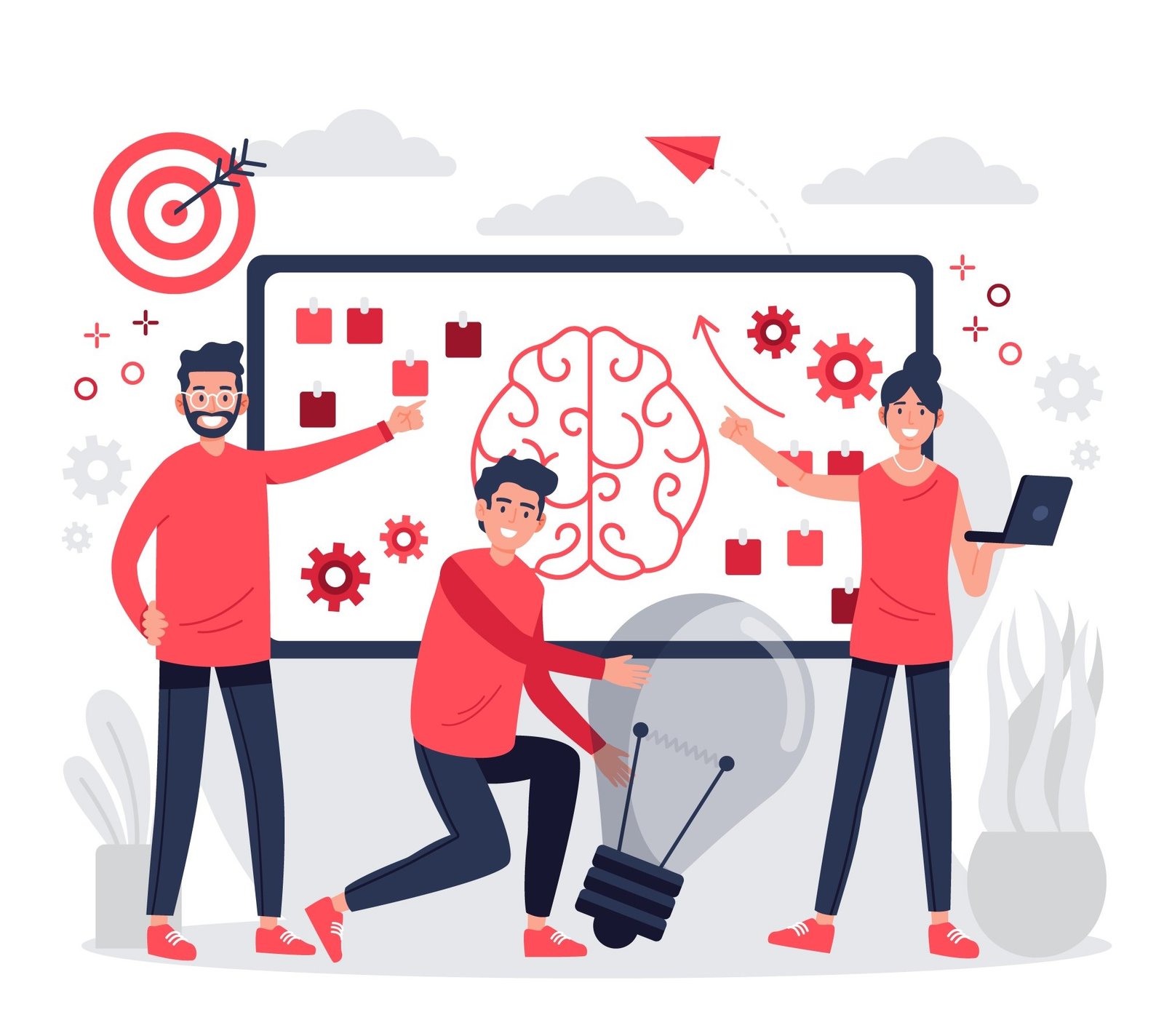
SaaS marketing strategies are highly important for businesses offering software-based subscription-driven services. These marketing strategies are designed to attract, convert, and retain users for software and tech-based products that use the subscription-based model to generate revenue and expand the user base in the digital world. From digital marketing to content creation, campaign launching to real-time analytics, SaaS marketing strategies are highly essential to help you boost your brand visibility and drive as many subscriptions as possible.
How You Can Get More Users in 2025?
Product-Led Growth (PLG)
Hyper-Personalized Email Automation
SEO-Driven Content Funnels
Interactive Demos & Free Tools
LinkedIn + YouTube Thought Leadership
Account-Based Marketing (ABM)
Customer Success-Led Marketing
What is the Difference Between B2B and B2C SaaS Marketing?
Target Audience
- B2B SaaS targets high-value clients such as CEOs, CTOs, marketing managers, or IT heads. It focuses on addressing business needs, work efficiency, improved ROI, and business scalability.
- B2C SaaS targets individual clients and domestic consumers looking for tech services and products that deliver them convenience, entertainment, productivity, and lifestyle enhancement.
Sales Cycle
- B2B SaaS marketing is capable of longer sales cycles for multiple stakeholders that can last from weeks to months. It can include a whole lot of processes, from demos and consultations to formal onboarding and closing of deals.
- On the other hand, B2C SaaS advertising creates short and impulsive sales cycles. In this process, a user signs up for a free trial, experiences the services firsthand, and buys the product if he is satisfied with the features and values. The sales cycle can run for a short time, from minutes to days.
Messaging & Tone
- Business-to-business software advertising is highly professional, data-driven, and value-aligned. It focuses on enhancing the return on investment and long-term outcomes, which helps teams in creating a seamless workflow at a low cost.
- Business-to-customer software as service ad solutions are more friendly, benefit-driven, and engaging. They focus on simplicity, fun, lifestyle, and instant value, such as resolving your PC security problems with high-tech antivirus solutions.
Marketing Channels
- B2B software as service marketing services uses LinkedIn Ads, Email nurture sequences, Webinars, whitepapers, case studies, Account-Based Marketing (ABM), Industry blogs, and SEO to reach the target clients and drive conversions.
- B2C software as a service marketing solution uses popular social media platforms such as Facebook, Instagram, and TikTok to target individual clients to drive leads and sales. It uses Influencer partnerships and YouTube explainer videos to promote the products and services.
Acquisition vs Retention Focus
In B2B SaaS marketing, the investment is big, and success depends on strong sales-marketing alignment and long-term client retention.
In B2C SaaS marketing, the whole operation is aimed at short onboarding, quick user accession, intuitive UX, and quick sales. The success depends on delivering a better user experience, habit formation, and value perception.
Product Complexity & Pricing
- B2B SaaS marketing is more complex as it has features designed to meet the enterprise workflows. The product pricing is customized and based on quotes.
- B2C SaaS marketing uses approachable, intuitive, and easily available tools to reach the target users and generate leads.
How SaaS Marketing Differs From Digital Marketing?
How Marketing Empowers your SaaS Business?
If you are looking to expand and grow your SaaS business, then you have to employ robust marketing strategies. It will help you build trust and brand awareness around your product and help you reach the target audience and convince them to purchase subscriptions. Here are some strong points that explain how marketing empowers your SaaS business:
- Builds Product Visibility: It displays your products to the right audience and makes sure potential users discover your solution.
- Communicate Your Value Proposition: It conveys your product message and explains who it helps and why it matters. Due to this, the complex features become real benefits for the users.
- Drives Qualified Traffic: You get qualified traffic and users who are ready to buy your products and services without wasting time and effort.
- Educates and Nurtures Leads: It uses content, webinars, and automated email flows to build awareness and educate the users to help them make informed decisions.
- Accelerates Trial-to-Paid Conversions: It is highly efficient in providing firsthand experiences to the users and turning them into regular paid customers.
- Strengthens Brand Authority: The content marketing and thought leadership used in the promotions help your brand build authority and public trust.
- Supports Sales Enablement: It helps you close deals faster and more effectively due to integrated systems and sales funnels.

